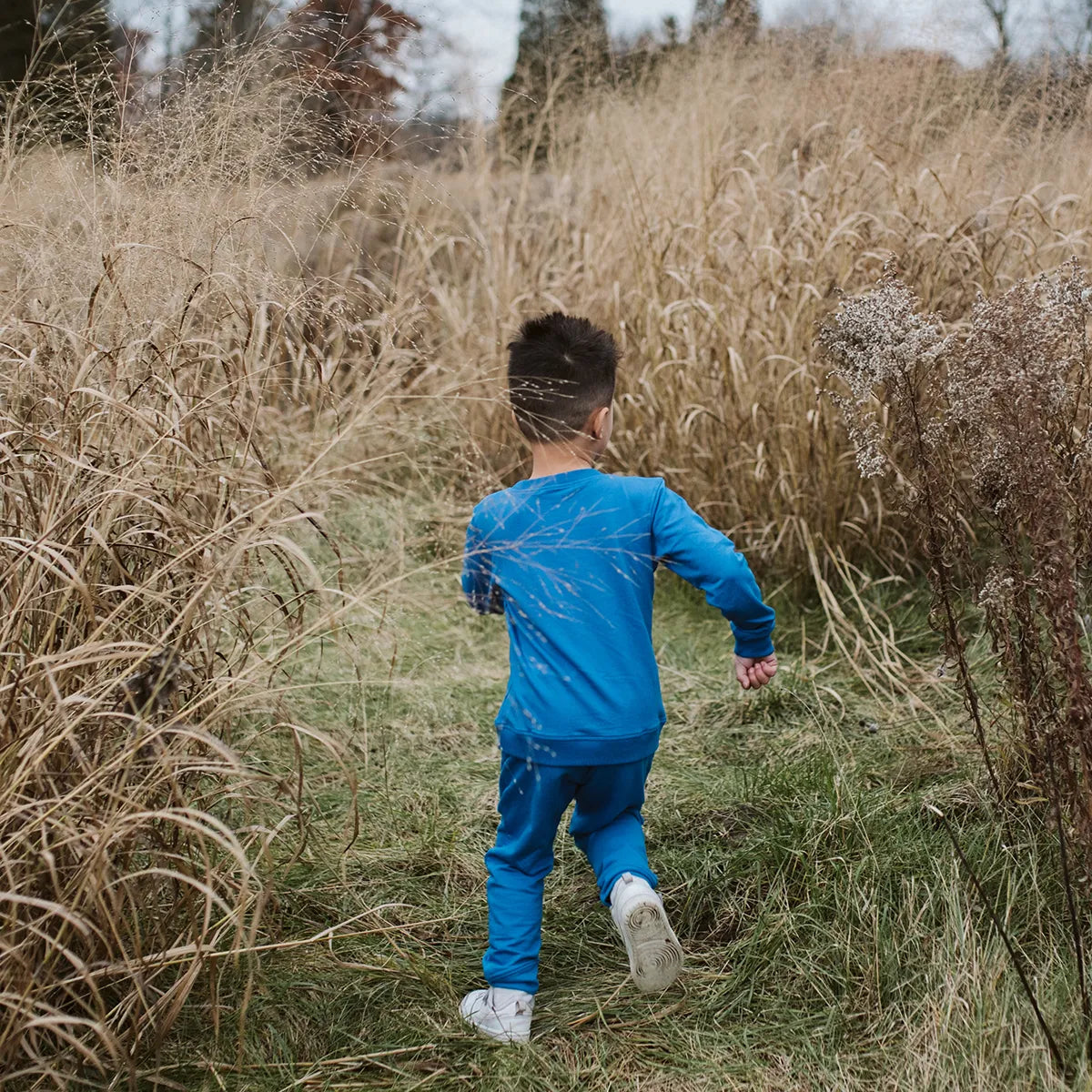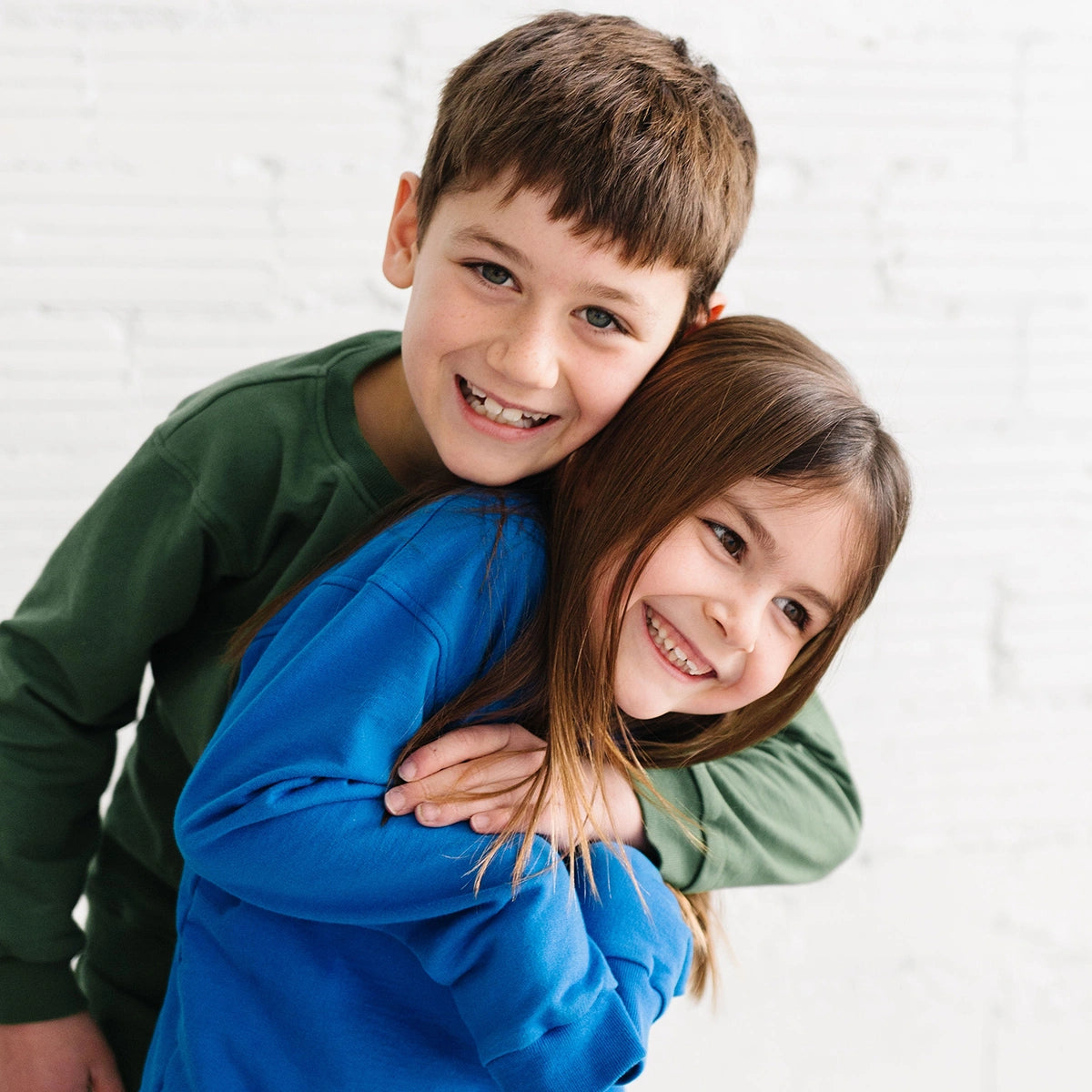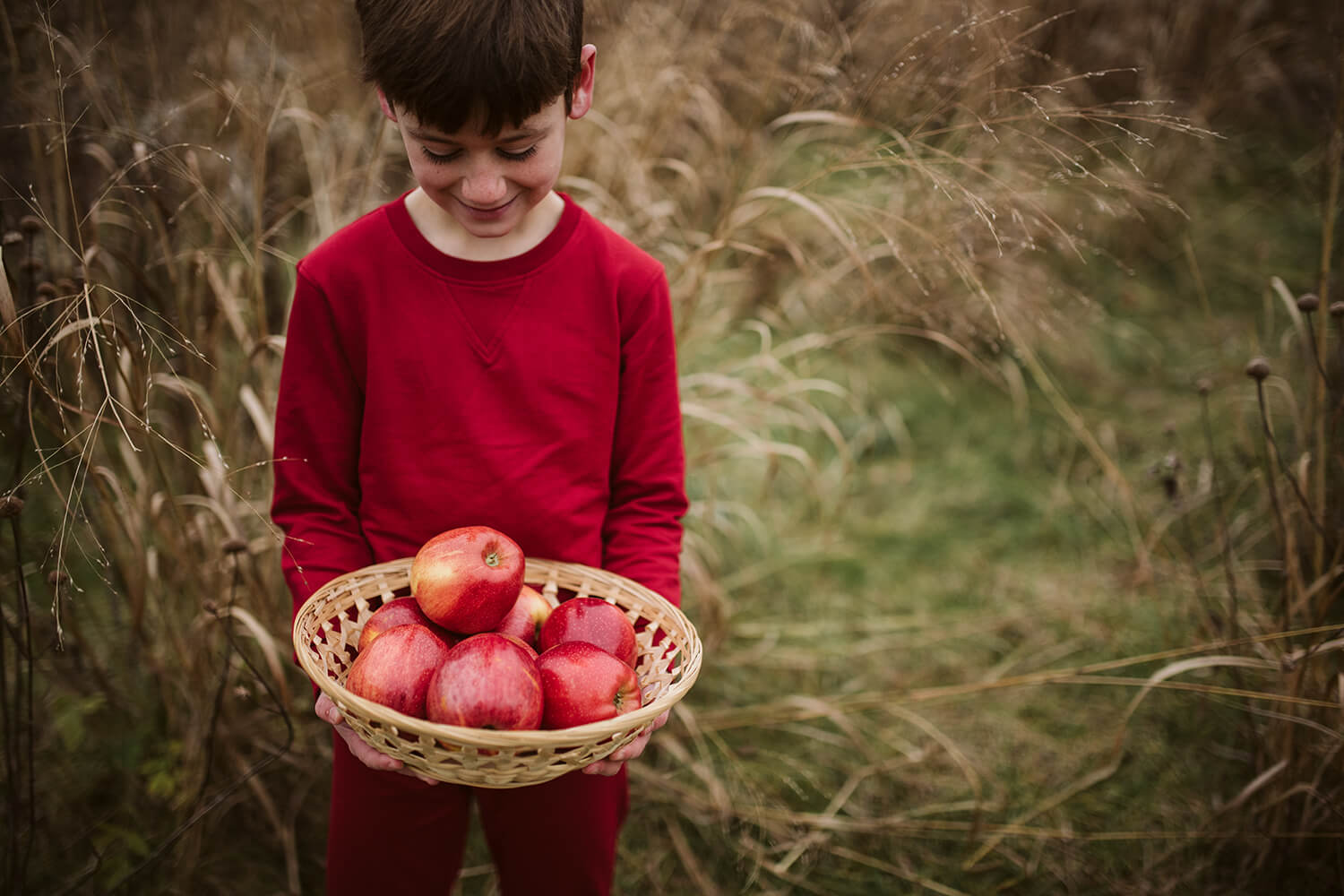Hello October! Pumpkin picking, fall hikes, Halloween, and... eczema. October is designated as Eczema Awareness Month to increase awareness, reduce stigma, and help patients and their families better manage and treat the symptoms of eczema. More than 31 million people in the US have eczema, of which 9.6 million are children. So, simply put, eczema is common!
What is eczema?
What are those red, scaly patches on my child's cheeks (as I wondered with horror) as I lovingly gazed into my baby's eyes? That unsightly rash was ... you guessed it, atopic dermatitis, a form of eczema. Like many other parents, the first sign that a child has eczema is rough, scaly patches on their baby's cheeks. It usually appears between one and six months of age and peaks at three months. My sweet baby was a classic textbook case of eczema. It was itchy and seemed to make him uncomfortable, and the rash was stubborn and hard to treat!
When my baby was six months old, we noticed new patches behind his knees and around his elbows. Ahh, it was spreading (not in a contagious kind of way). But it was time to learn more and treat the problem.
Definition of Eczema
eczema [ek-suh-muh] noun: an inflammatory condition of the skin attended with itching and the exudation of serous matter.
After reviewing the definition of eczema, I didn't feel much better. Even as a second-semester pediatric nurse practitioner student, I still had so much to learn! I dove into the research to discover that a problem with the skin barrier causes eczema. Many children with eczema do not have enough filaggrin in the outer layer of the skin. Filaggin is what holds the skin together. If skin has insufficient filaggin, then there is room for water, bacteria, and other irritants to enter, which can lead to irritation. That is why eczema is characterized by "the itch"!
What causes eczema?
I kept reading to discover that eczema is usually the result of environmental factors and genetics (thanks, Mom and Dad!). Children diagnosed with eczema typically have dry, sensitive skin that is susceptible to infections. Kids with eczema-prone skin are commonly triggered by the following:
Eczema Triggers
- Detergents
- Soaps
- Dust Mites
- Pets
- Foods
- Stress
- Temperature & Humidity
- Infections
- Clothing
So, as a parent of a child with eczema, it feels like everything you expose your child to may result in an eczema flare. And that is okay. Not because it is okay for a child to be itchy and uncomfortable, but you will learn, and your child will teach you about what to avoid (because reducing your exposure to triggers is always the easiest treatment) as you go.
What does eczema look like?
Now that you know a bit more about eczema, it is time to learn what to look for and when to worry. In the medical world, eczema is commonly referred to as "the itch that rashes." What exactly does that mean? As a parent, you will probably see your child scratch what appears to be nothing! You may kindly ask them to stop, but the scratching will persist. Then, you will see the rash.
Eczema varies in its appearance from child to child. Typically, there are "good periods" (where the skin is clear) and exacerbations or flares (where the skin is irritated and eczema is present). Eczema looks different as children grow.

Babies: Eczema in babies usually presents as red, scaly patches on the cheeks and around the mouth.
Older Children: Eczema is found behind the knees, around the elbows, neck, and eyes.
Does eczema go away?
Some children will see improvement by age four, but it is hard to predict who will outgrow eczema and who will continue to struggle with sensitive skin. Fingers crossed, our children outgrow some of the sensitivities, but if they do not, we are happy to know they are in good company with millions of others who deal with eczema.
What is the best treatment for eczema?
The best treatment for your child will vary depending on your child, genetics, and lifestyle. An effective treatment is usually multifactorial (treatment from different angles) and involves a combination of modern and complementary or alternative medicine. It is important to remember that what worked for one child may not work for the next because every child is unique (and that is a beautiful thing!). For medical treatment, we recommend consulting with your pediatrician. But, while you wait for your appointment, here are a couple of things you can do at home.
How can parents help their child with sensitive skin?
- Know your child's triggers and do your best to avoid them.
- Keep fingernails short.
- Keep your child hydrated. Hydrated skin = happier skin.
- Use fragrance-free, allergy-friendly products.
- Dress your child in natural, breathable fabrics.
What is the best clothing for kids with eczema?
So, now that we know what eczema is and some of the triggers, we can start to treat it. For us, treatment started with discovering multiple food allergies (goodbye dairy and nuts, 😥). Then, we eliminated fragrances in products like laundry detergent and soap, and finally, we changed the clothing our kids wear.

Before starting Crann Organic, we read all the research to ensure we were headed in the right direction. Contrary to popular belief, the best clothing for eczema is not bamboo. It is cotton! Bamboo requires a lot of harmful chemicals to turn it into a piece of yarn, so for our kids with sensitive skin, we started with 100% organic cotton clothing that is GOTS certified, so we know what we make is gentle on their skin and the Earth.
The best eczema-friendly clothing is...
- 100% Cotton: Choose natural fabrics that breathe. Avoid polyester and wool.
- Contains No Harmful Chemicals: Look for GOTS certified organic cotton or OEKO-Tex certified fabric. Both standards ensure no toxic substances are used to produce or process fabric. Toxic chemicals may irritate sensitive skin.
- Simple & Oversized Styles: Extra embellishments, pockets, and lace can irritate sensitive skin. Pick simple styles that fit well but not tight.

Disclaimer: The content on this blog is for informational purposes only and not intended as medical advice. Please consult your healthcare provider for personalized medical guidance.
Do you want to learn more about eczema?
Check out the following list of websites and references to learn more about eczema.
References:
https://www.aad.org/public/diseases/eczema/types/atopic-dermatitis/symptoms
https://www.dictionary.com/browse/eczema
https://www.healthychildren.org/English/health-issues/conditions/skin/Pages/Eczema.aspx
https://nationaleczema.org/research/eczema-facts/
https://www.nhs.uk/conditions/atopic-eczema/
https://www.seattlechildrens.org/conditions/a-z/eczema/
Nemeth V, Syed HA, Evans J. Eczema. [Updated 2024 Mar 1]. In: StatPearls [Internet]. Treasure Island (FL): StatPearls Publishing; 2024 Jan-. Available from: https://www.ncbi.nlm.nih.gov/books/NBK538209/




